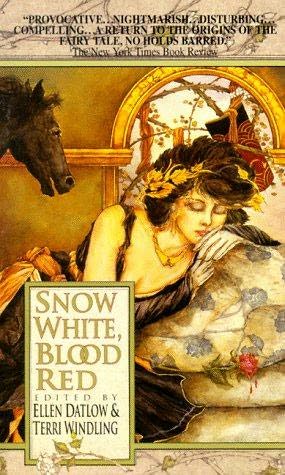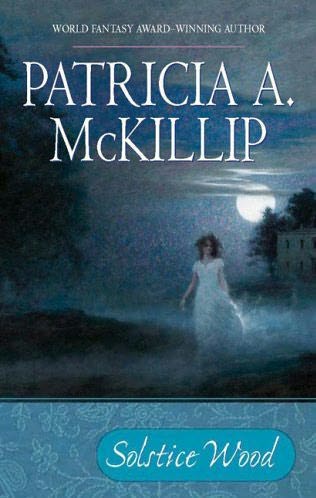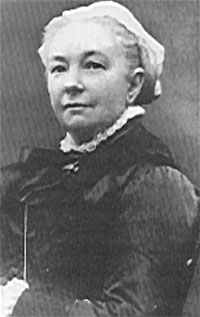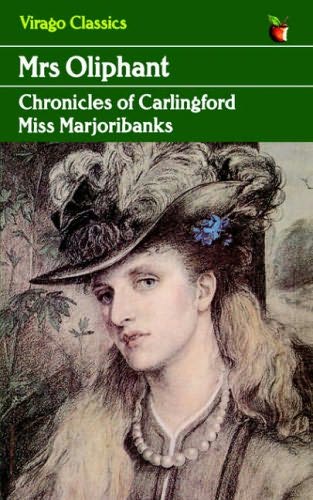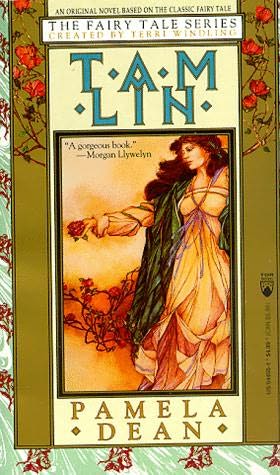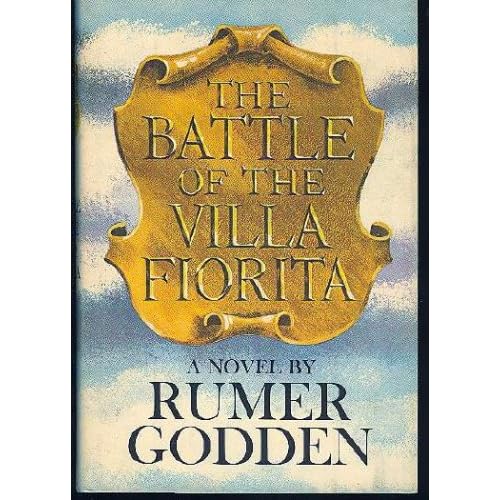
The Battle of the Villa Fiorita is one of three novels in the Rumer Godden omnibus I bought at the Fabulous Charity Sale for $1. It contains Godden's best novel, An Episode of Sparrows, a classic (marketed for children via NYBR, but originally published as an adult novel); The Greengage Summer, a perceptive study of an emotional trauma that hits a family of children living on their own in a French hotel while their mother is in a hospital; and the puzzling, uneven, but well-written novel, The Battle of the Villa Fiorita. The latter analyzes a battle between children and parents over a divorce. Do not look for a family story with a comfortable ending. Agonizing in parts, sad, moving, and occasionally comedic, written in Godden’s distinctive, poetic style, part narrative and part musing commentary, the novel unflinchingly examines the real horror that can be caused by children who don't understand adult relationships.
Godden writes lovely sentences, but she packs a fierce emotional wallop: she is not the mistress of the happy ending. Weirdly, this bitter, intelligent, realistic novel was dismissed as sentimental in Time magazine when it first came out in 1963. In a scathing attack, the reviewer wrote,
“There is evidence that the Book-of-the-Month Club could not exist with out Rumer Godden... This time Author Godden, 55, is addressing herself to the woman in early middle age who has had her children, has become bored with her husband and feels parched for romance.”
The reviewer apparently really disliked Godden. What does her being 55 have to do with it? The heroine, Fanny, is a complicated person - hardly looking for romance. And divorce is certainly not romantic: perhaps in '63, when divorce was less common, the reviewer didn't understand that.
The Battle of the Villa Fiorita is skillfully told, an interweaving of the points of view of the children and tthe adults. Caddie, the 11-year-old who plots with her brother, Hugh, to run away to Italy and break up their mother’s relationship with her lover, is very simple, naive, and direct. She is the ordinary child who values honesty and family tradition, and she desperately wants her mother back. Hugh is the sensitive, sickly, intelligent older brother who has been devastated by the loss of his mother but is too angry to show it. Godden has a gift for portraying children as they are, not from an idealized point of view. And we can see them turn into wily beasts, shattered by their mother’s leaving, willing to do anything, however unethical, to get her back.
But the most interesting part of the novel is told from the point of view of Fanny, a wife and mother who, after years of acting as a housekeeper-chauffeur-caretaker-wife-of-an-absentee-military husband, leaves her family, torn away by her first real sexual love for Rob, a film director. (By the way, Godden does not introduce this career for the sake of glamour, as Time magazine implies: Godden herself was acquainted with filmmakers of the ilk of Renoir, who filmed her beautiful novel, The River.) Fanny is lonely, left alone by her military husband who travels for his job, always the odd woman out at dinner parties (and she meets Rob at a dinner party). Fanny and Rob occupy a beautiful temporary nest in a borrowed Italian villa, but Fanny is also recovering from the loss of her children, won by her husband in a punitive custody battle. She sleeps all the time.
“Rob, Celestina, and Giulietta were united in worrying in case she was uncomfortable, cold, depressed. Here Fanny was first and for years she had always been last; the last to be served -’Because I did the serving’--the last to go to bed, unless Darrell were at home, but first to get up in the morning, she thought wryly. She was last on every list and automatically the one to give up everything, to stay behind, to go without. ‘Well, mothers are like that,’ she would have said. ‘Some mothers,’ said Rob.”
Although this is not Godden's best book, it is considerably better than much of what I read today! (Sorry, contemporary writers, but she was an original.) Considered middlebrow these days, she is still popular and her novels are available widely at used bookstores and stores online.







